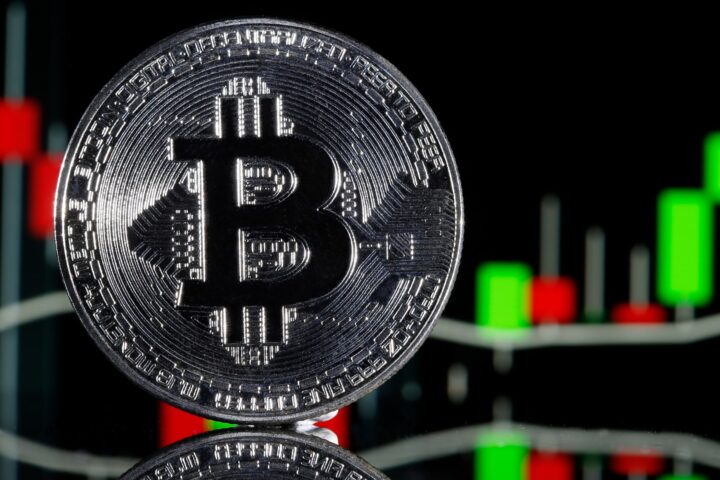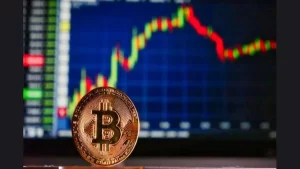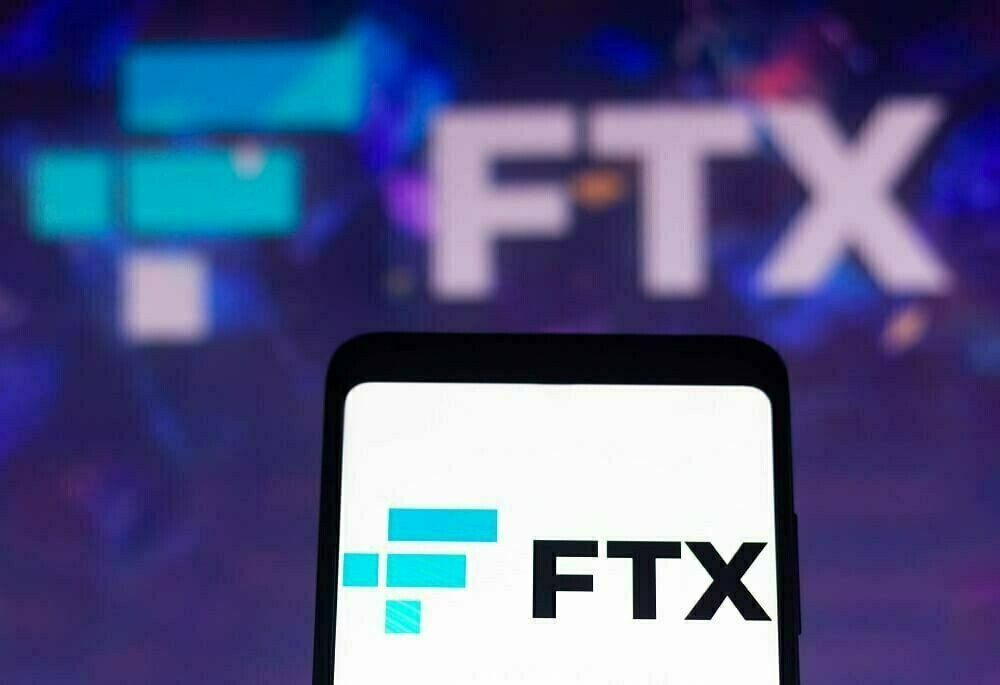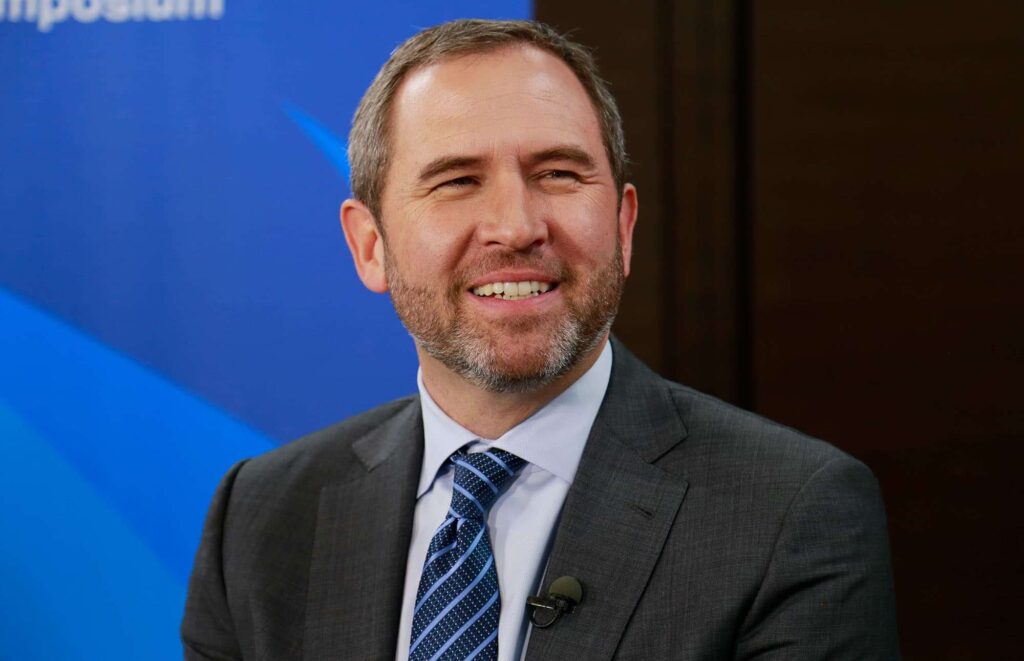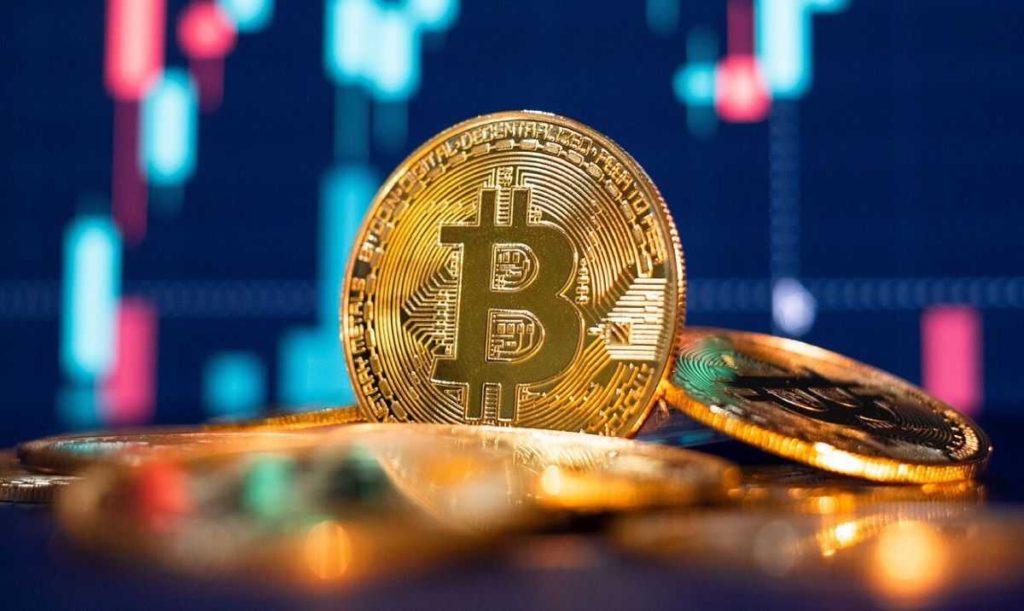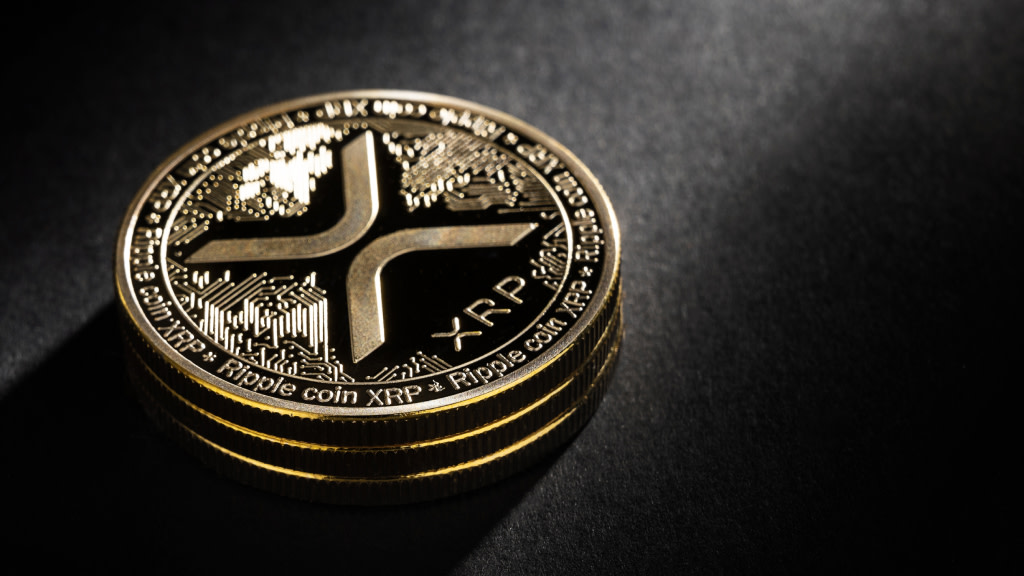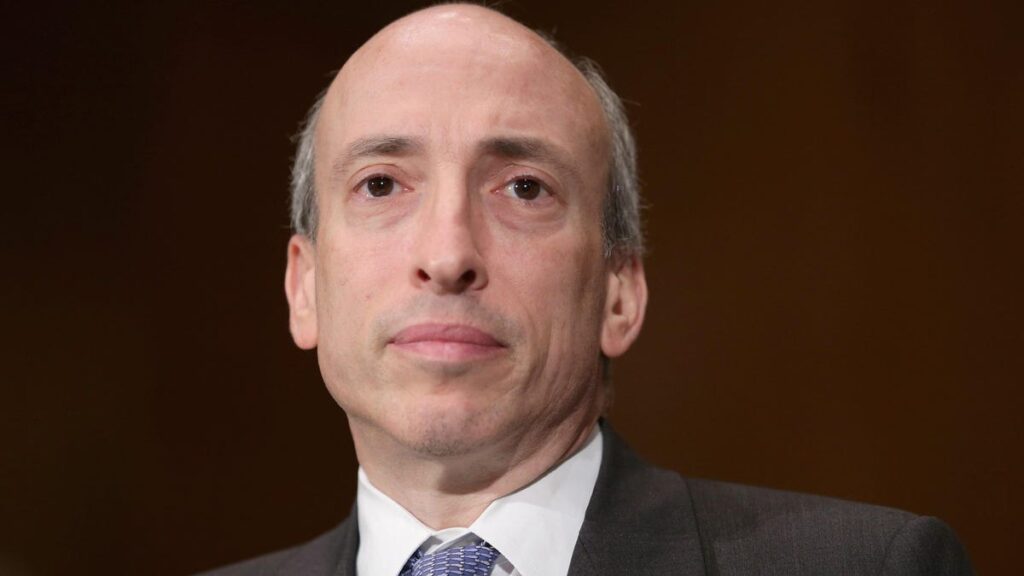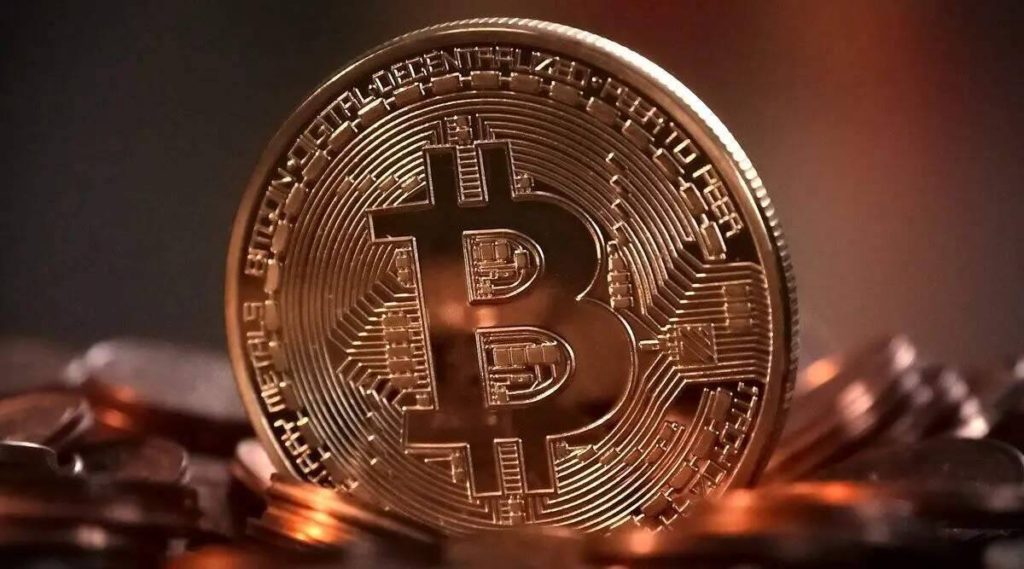Creditors of the now-defunct cryptocurrency exchange, FTX, have taken a significant step in their efforts to recover their losses.
They have recently submitted a revised Chapter 11 plan of reorganization to the United States Bankruptcy Court for the District of Delaware.
This updated proposal suggests a crucial change in how customer asset claims will be assessed, potentially impacting the recovery amounts for affected customers.
Under this amended plan, the value of customer asset claims would be retroactively set to the moment when FTX faced its demise in November 2022.
This means that any claims submitted by customers to compensate for their losses would be calculated based on the value of their assets as of November 11, 2022, the date of FTX’s bankruptcy filing.
The conversion rates specified in a conversion table would be used to convert crypto assets into their equivalent cash values for this assessment.
However, a significant development has occurred since the bankruptcy filing. Crypto prices have experienced substantial fluctuations, with Bitcoin being a prime example.
At the time of the bankruptcy filing, Bitcoin was valued at $17,036, but as of the latest update, it stands at a significantly higher $42,272.
In a related development, FTX was granted approval on November 30th to sell approximately $873 million worth of trust assets.
READ MORE: Bitcoin Price Plummets as SEC Rejects Coinbase’s Rule Request
The proceeds from this sale are intended to be directed towards repaying the creditors of the collapsed exchange.
Joseph Moldovan, who leads the business solutions, restructuring, and governance practices at Morrison Cohen, a prominent New York-based law firm, commented on the intricacies of the FTX bankruptcy.
He noted the complexity of the entities involved and the substantial debt they held, making this bankruptcy case particularly unique.
On December 7th, the FTX 2.0 Customer Ad Hoc Committee put forth a proposal to modify the reorganization plan with the aim of balancing the interests of various stakeholders involved in the process.
Meanwhile, concerns and scrutiny have intensified regarding the activities of crypto assets associated with both FTX and Alameda Research.
Reports on December 9th disclosed that wallets linked to these defunct entities had transferred digital assets worth $23.59 million to multiple crypto exchanges, raising questions about the handling of these assets during the bankruptcy proceedings.
The Ministry of Finance in Palau has officially kickstarted the second phase of its Palau Stablecoin (PSC) initiative.
The news was confirmed by Jay Hunter Anson, a cybersecurity consultant in Palau who also serves as an advisor to the Ministry of Finance.
Anson made this announcement on December 15 through a post on the social media platform X (formerly known as Twitter).
In this new phase, Palau has set its sights on expanding its collaboration with Ripple, a leading blockchain technology company.
The goal is to leverage Ripple’s central bank digital currency (CBDC) platform and tap into their technical expertise. PSC is a digital currency that is pegged to the United States dollar and operates on Ripple’s XRP Ledger.
Furthermore, Anson revealed that the second phase of the PSC pilot program will focus on forging new partnerships for marketing and sustainable development goals.
Additionally, it will prioritize the creation of a digital ecosystem and increased user engagement, all while adhering to regulatory compliance standards.
Anthony Welfare, a CBDC strategic advisor at Ripple, also commented on the launch of the second phase of the PSC pilot program.
Welfare emphasized the advantages of blockchain-based digital currency, including reduced transaction fees and the potential to mitigate the environmental impact of currency circulation.
He also highlighted the unique challenges faced by Palau, such as the complexity of moving traditional currencies across its 340 islands and the high costs of mobile data in the country.
Welfare pointed out a notable feature of PSC: the ability for Palau residents to conduct offline transactions using this blockchain-based digital currency, even during power outages.
The Ministry of Finance in Palau had previously announced the success of the first phase of the PSC program on December 7.
This initial phase spanned three months and involved 168 volunteers who were government employees.
These volunteers were given 100 PSC each to use at local retailers that were part of the program.
Transactions were made through mobile phones by scanning QR codes.
Both the participating retailers and volunteers provided positive feedback regarding their experiences with this innovative digital currency.
Bitcoin’s on-chain transaction fees have become a topic of debate as the cost of sending BTC has surged.
According to data from BitInfoCharts as of December 17, the average transaction fee stands at nearly $40, marking the highest average since April 2021.
This spike in fees is attributed to the recent wave of Bitcoin Ordinals inscriptions, resulting in elevated costs for all network users.
Mempool.space reports a vast backlog of unconfirmed on-chain transactions, with even $2 transactions having no on-chain priority.
Currently, there are approximately 350,000 transactions waiting to be confirmed, making casual on-chain spending unfeasible for many smaller investors.
This situation has sparked a heated debate among Bitcoin proponents.
While some are critical of the impact of Ordinals on fees, others argue that double-digit transaction costs are a glimpse into the future. They emphasize the need for embracing layer-2 solutions like the Lightning Network to accommodate mass adoption.
Popular commentator Hodlonaut believes that demanding low fees for “Level 1” transactions is not only ignorant but also detrimental to Bitcoin’s competition-based nature and long-term value.
Hodlonaut suggests that if users can’t afford to move funds on the base layer in the long run, it makes more sense to explore alternative cryptocurrencies like Bitcoin Cash or embrace layer-2 solutions.
Despite the rising fees, Bitcoin continues to function as intended, according to commentator Beautyon.
READ MORE: Pro-XRP Lawyer Accuses SEC Chair of Gaslighting Amid Crypto Rule Dispute
He posits that Ordinals might expedite the adoption of layer-2 solutions, leaving those who haven’t embraced them confused and upset but ultimately adhering to the network’s rules.
Bitcoin veteran Adam Back, co-founder of Blockstream, shares the perspective that expanding layer-2 capabilities is the way forward.
He believes that attempting to halt certain transactions on the Bitcoin network will only lead to more creative workarounds. High fees can drive the adoption of layer-2 solutions and stimulate innovation.
In terms of mining revenue, data from Blockchain.com shows that miners are enjoying their best USD revenues in two years.
This aligns with Bitcoin trading at around $42,000 toward the December 17 weekly close, although it remains significantly below its all-time high of $69,000 reached in November 2021.
In conclusion, Bitcoin’s on-chain transaction fees have risen sharply, sparking debates within the community.
While some see this as a temporary issue, others view it as a catalyst for the adoption of layer-2 solutions, emphasizing the need to adapt and innovate in the evolving cryptocurrency landscape.
As the Taiwan presidential election scheduled for January 13, 2024, approaches, Taiwanese citizens have been cautioned against using cryptocurrency betting platforms to place wagers on the election outcome.
This advisory comes amidst an ongoing investigation into such activities, leading to the questioning of several individuals.
Recent local reports have revealed that a number of Taiwanese residents have engaged in election betting on the decentralized platform Polymarket.
According to these reports, “several individuals have been summoned for investigation by prosecutors and investigators for participating in Polymarket bets.”
However, it is essential to note that participating in election-related gambling activities in Taiwan is explicitly prohibited by law and may potentially violate Article 88-1 of the Election and Recall Act.
The consequences of violating this law include the possibility of facing up to six months of imprisonment, detention, or a fine of up to 100,000 New Taiwan dollars, which is equivalent to approximately $3,188.
READ MORE: Gemini Earn Creditors Face Drastic Payout Reduction in Proposed Reorganization Plan
Interestingly, Polymarkets faced regulatory challenges in the United States in 2022.
The company, headquartered in New York, encountered legal proceedings initiated by the Commodity Futures Trading Commission (CFTC) in January 2022.
The CFTC alleged that Polymarket had been operating an “illegal unregistered or non-designated facility” since June 2020.
Notably, during the 2020 U.S. presidential election, Polymarket experienced a surge in trading activity on its platform, marking a significant milestone by achieving a new volume record of over $10 million.
In light of these developments and the legal implications of participating in election-related gambling activities, Taiwanese authorities have issued a stern warning to their citizens against using cryptocurrency betting platforms for wagering on the upcoming presidential election.
As the election date draws nearer, it is crucial for individuals to abide by the country’s laws and regulations to avoid potential legal consequences.
Grayscale is currently assessing the potential tax implications linked to spot Bitcoin exchange-traded funds (ETFs) amid the circulation of inaccurate information regarding adverse tax consequences. In a series of posts shared on X (formerly Twitter),
Grayscale aimed to clarify the situation and ensure that retail investors involved with the Grayscale Bitcoin Trust (GBTC) are not expected to face tax-related issues when the fund sells Bitcoin to generate cash for fulfilling share redemptions.
The company is actively working towards obtaining the necessary regulatory approvals to migrate $GBTC to NYSE Arca, and as part of this process, they are considering the potential tax ramifications associated with spot Bitcoin ETFs that may need to sell their Bitcoin holdings to meet share redemption demands.
This discussion has come to the forefront due to the unique structure of GBTC, which is established as a grantor trust.
In a grantor trust, the entity that establishes the trust retains ownership of the assets, in this case, the underlying Bitcoin, for income and tax purposes.
Grayscale emphasized that cash redemptions of grantor trusts do not constitute taxable events for non-redeeming shareholders, such as retail investors.
This sets GBTC apart from mutual funds and many other ETFs, which operate differently for tax purposes. Grayscale’s position is that GBTC should be treated as a grantor trust.
READ MORE: SEC Chair Gary Gensler Hints at Revised Approach to Bitcoin ETFs Following Recent Legal Rulings
This development follows recent reports that the United States Securities and Exchange Commission (SEC) held discussions with Grayscale regarding its spot Bitcoin ETF application.
On December 8, it was reported that Grayscale and Franklin Templeton had met with the SEC to review their applications, closely following a meeting with representatives from Fidelity.
In addition, just a few days prior, on December 5, the SEC decided to postpone its decision on Grayscale’s spot Ether ETF application until January 24, 2024.
This delay underscores the ongoing regulatory scrutiny and evolving landscape surrounding cryptocurrency ETFs.
In conclusion, Grayscale is proactively addressing potential tax implications associated with spot Bitcoin ETFs to provide clarity and reassurance to its investors.
These considerations are taking place within the context of ongoing discussions and regulatory developments surrounding cryptocurrency ETFs in the United States.
Ripple’s Chief Legal Officer, Stuart Alderoty, recently provided insights into the cryptocurrency landscape’s future in 2024.
His discussion encompassed various topics, including Ripple’s legal battle with the United States Securities and Exchange Commission (SEC), the influence of the judiciary on crypto regulations, and potential legislative challenges within the U.S. Congress.
Alderoty first predicted a possible resolution of Ripple’s lawsuit with the SEC in 2024. He expressed concern about the SEC’s persistent “regulation by enforcement” strategy and its potential ramifications for the broader crypto industry.
This strategy has raised questions about regulatory clarity and the impact on cryptocurrency businesses.
Furthermore, Alderoty anticipated that the judiciary would play a significant role in curbing potential SEC overreach.
He suggested that ongoing legal conflicts might escalate to a confrontation in the U.S. Supreme Court, emphasizing the importance of judicial decisions in shaping crypto regulations.
Regarding regulatory matters, Alderoty expected consensus among U.S. lawmakers regarding the necessity of crypto regulations.
However, he also foresaw potential deadlock in implementing these regulations.
Such a stalemate could leave U.S. crypto firms vulnerable while other countries make strides in providing regulatory clarity and fostering innovation within the industry.
In 2020, the SEC filed a lawsuit against Ripple Labs and its current and former CEOs, alleging that they conducted an unregistered initial public offering of XRP, which the SEC considered a security at the time.
The lawsuit contended that Ripple had raised funds by selling XRP tokens in unregistered security offerings to both U.S. and global investors.
READ MORE: Ripple Advocates for Central Bank Digital Currencies in New White Paper
However, in a notable development, Ripple secured a legal victory against the SEC in July, with a judge ruling that XRP was not a security, but only in the context of programmatic sales on digital asset exchanges.
Despite this, the SEC also achieved a victory, as the judge deemed XRP a security when sold to institutional investors, meeting the conditions set in the Howey test.
This ruling led to major U.S. exchanges relisting XRP, resulting in an impressive 83% year-to-date increase in the token’s value.
Critics argue that Ripple’s legal dispute with the SEC has hindered its growth and acceptance in the United States.
Pro-XRP attorney John Deaton asserted that the lawsuit was weaponized, citing evidence from the past three years to support this claim.
Despite Ripple’s global success, Deaton contended that the case had a detrimental effect on XRP adoption within the United States.
In the ongoing legal battle between Coinbase and the United States Securities and Exchange Commission (SEC), John Deaton, a prominent lawyer supporting XRP, has accused SEC Chair Gary Gensler of manipulating public perception and expressed disagreement with his stance on cryptocurrencies.
The conflict arises as the SEC recently rejected Coinbase’s petition for cryptocurrency rulemaking on three grounds.
First, they argued against applying existing securities laws to cryptocurrencies.
Second, they questioned the SEC’s involvement in the crypto securities markets through regulatory measures.
Lastly, they stressed the importance of preserving the SEC’s discretion in setting its rulemaking priorities.
Deaton took to social media, notably X (formerly Twitter), to highlight Gensler’s rationale behind the SEC’s decision.
Gensler asserted that “there is NOTHING unique or new about cryptocurrencies” and suggested that Coinbase’s request was based on the mistaken belief that the crypto ecosystem was distinct in terms of asset volatility and the classification of all assets as securities under current regulations.
John Deaton challenged Gensler’s current position by recalling his earlier testimony before Congress in 2023.
During that testimony, Gensler had acknowledged the uniqueness of cryptocurrencies and their potential to create a regulatory gap, which contradicts his recent stance.
Deaton argued that Coinbase’s rulemaking petition had relied on the SEC’s previous perspective, as evident in prior communications.
READ MORE: Gemini Earn Creditors Face Drastic Payout Reduction in Proposed Reorganization Plan
He attributed Gensler’s apparent reversal on crypto-related matters to political influences and support from Senator Elizabeth Warren.
The SEC’s handling of the cryptocurrency ecosystem has raised questions due to inconsistencies between Gensler’s statements and the commission’s actions.
While they continue to engage in legal disputes with Coinbase and Binance, the SEC chose not to appeal its loss against Grayscale Investments.
This particular case involved Grayscale’s attempt to convert its Grayscale Bitcoin Trust into a spot exchange-traded fund.
In summary, the ongoing legal feud between Coinbase and the SEC has exposed disagreements within the regulatory body regarding cryptocurrencies.
John Deaton’s accusations of gaslighting against SEC Chair Gary Gensler highlight the evolving nature of crypto regulation and the need for clarity and consistency in the SEC’s approach to this rapidly developing industry.
Bitcoin (BTC) faced a tumultuous day in the cryptocurrency market, with its ticker symbol, BTC, declining sharply to $42,882.
This drop of over $1,300, equivalent to 3.2%, occurred on the heels of a brief recovery from recent volatility. Bitcoin struggled to maintain its position above $43,000 as the bulls failed to gain momentum.
The decline in BTC’s price coincided with news that the United States Securities and Exchange Commission (SEC) had rejected a request from major cryptocurrency exchange Coinbase to revise the rules governing crypto.
SEC Chair Gary Gensler expressed his support for the Commission’s decision, emphasizing that existing laws and regulations apply to the cryptocurrency securities market.
He also stressed the importance of maintaining the Commission’s discretion in setting its own rulemaking priorities.
The SEC’s involvement in the crypto market has been closely watched, especially with expectations that it will approve the first U.S. Bitcoin spot price exchange-traded funds (ETFs) in early 2024.
Gensler clarified that the SEC’s actions are based on its authorities and how courts interpret those authorities.
Analyzing the order books, traders noticed an increase in bid support around the $41,000 level, which became a point of interest.
There was also active supply noted around the $44,000 mark, suggesting a key resistance zone.
On the technical side, the four-hour exponential moving averages (EMAs) were once again in play, with the price contesting these levels and the relative strength index (RSI) dipping below 50.
READ MORE: SEC Stands Firm on Cash Redemption Model for Bitcoin ETFs, Invesco and Galaxy Comply
This setup indicated an impending crucial close in the price action.
Zooming out to a broader perspective, Keith Alan, co-founder of trading resource Material Indicators, observed an ongoing struggle to turn a significant weekly level into support.
This challenge centered around the 0.5 Fibonacci retracement line near $42,500, which represented one of the critical hurdles on the path to revisiting the all-time high of $69,000.
Material Indicators also reported that large-volume traders were showing increased buying activity at the time, suggesting that “Mega Whales” were trying to reclaim the $42,000 price level.
This battle between buyers and sellers indicated the potential for further price volatility in the Bitcoin market.
In summary, Bitcoin faced a downward correction below $43,000, influenced by the SEC’s decision regarding Coinbase’s rule request.
The cryptocurrency market remained dynamic, with traders closely monitoring key support and resistance levels, as well as the actions of significant market players.
Kazakhstan’s central bank digital currency (CBDC), the digital tenge, has achieved resounding success after a one-month pilot project.
Significant enhancements in terms of business, regulation, and technology are on the horizon for 2024.
During the pilot phase, the digital tenge was employed to provide free school lunches to children in Almaty, utilizing the local Onay card initially designed for the transit system.
These transactions were facilitated by the Kazpost postal system operator.
Four local banks, in collaboration with Visa and Mastercard, distributed plastic cards to focus group members.
These cards enabled users to make in-person and online purchases while also permitting cash withdrawals from ATMs. Participating merchants were given the choice to accept digital tenge or convert them into “non-cash” tenge.
By opting for the conversion of digital tenge, these funds seamlessly integrated into existing point-of-sale and QR systems, functioning both within and outside Kazakhstan.
This level of interoperability was a groundbreaking achievement in the realm of CBDCs.
READ MORE: SEC Chair Gary Gensler Hints at Revised Approach to Bitcoin ETFs Following Recent Legal Rulings
Further experiments with the digital tenge encompassed cross-border payments via SWIFT, issuance of CBDC-backed stablecoins on the Binance and KASE platforms, tokenization of gold, collection of value-added tax through smart contracts, and the trial of a “move-to-earn” app.
Looking ahead to 2024, the National Bank of Kazakhstan and the National Payment Corporation of Kazakhstan (NPCK), established in September to oversee the national CBDC, have an extensive agenda.
Their objectives include expanding the network of intermediary banks and advancing decentralized finance applications.
Offline transactions on a large scale are a top priority, aiming to boost financial inclusion in regions with limited internet connectivity.
Increased involvement in cross-border payment projects, such as Project mBridge, is also anticipated.
Regulatory and legislative goals are in the pipeline, alongside efforts to enhance the security and processing speed of the digital tenge.
NPCK CEO Binur Zhalenov has underscored in interviews that the digital tenge will not be utilized for user surveillance, addressing privacy concerns.
The successful pilot project and the ambitious plans for 2024 position Kazakhstan’s digital tenge as a promising development in the world of central bank digital currencies.
The United States Securities and Exchange Commission (SEC) has entered into a fresh round of discussions with asset management firms regarding the potential approval of a spot Bitcoin exchange-traded fund (ETF) in the U.S.
These discussions included officials from the office of SEC Chair Gary Gensler, signifying a notable development in the regulatory landscape for cryptocurrency investments.
According to official court filings, on December 14th, the SEC held a meeting with representatives from BlackRock to deliberate over the proposed rule change that would permit the trading of a crypto investment vehicle on major U.S. exchanges.
This marks the third meeting between BlackRock and the SEC, underlining the growing interest and anticipation surrounding this potential approval. ETF analyst Jayme Seyffart from Bloomberg highlighted the significance of these discussions.
In recent weeks, meetings between asset managers and the SEC have intensified. On December 8th, Grayscale and Franklin Templeton also engaged in discussions with regulators regarding their respective ETF applications. Fidelity had a similar meeting a day earlier.
The most recent meeting on December 14th between BlackRock and the SEC, which involved Gensler’s office, underscores the high stakes involved.
In late November, Chair Gensler’s staff met with representatives from Hashdex to address concerns related to market manipulation and investor protection.
Browse the Latest Crypto News Today
Key topics of discussion included the use of cash creations and redemptions, as well as the acquisition of spot Bitcoin from physical exchanges within the Chicago Mercantile Exchange market.
Several prominent asset managers, including WisdomTree, BlackRock, Invesco, Fidelity, and Grayscale, are actively working towards launching spot Bitcoin ETFs.
Historically, the SEC has denied similar proposals, but it now appears to be deferring its next decisions until early January, coinciding with the expiration of most applicants’ latest deadlines.
If approved, a spot Bitcoin ETF would enable Bitcoin to be traded on major Wall Street exchanges, making it accessible to a wider audience of investors backed by some of the world’s most influential investment firms.
Conversely, if denied, investment managers are likely to appeal the decision, further prolonging the wait.
It’s important to note the distinction between spot Bitcoin ETFs and futures Bitcoin ETFs.
The former directly tracks the real-time market price of Bitcoin, holding actual Bitcoin, while the latter invests in Bitcoin futures contracts, which are agreements based on the future price of Bitcoin.
The SEC approved the first futures Bitcoin ETF in 2021, and now the focus has shifted to spot Bitcoin ETFs as the industry eagerly awaits regulatory clarity.

